Some final thoughts on my trip and this will be my last for now.
Highlights:
It is certainly very difficult to try and pick out one thing/place that I would consider a highlight – there were so many. The whole trip was one “gihugeic” highlight; the people, the places, the architecture, the country, the atmosphere, the food, the sun, the rain, the colors, oh yes, THE CLOCKS. I have run out of words to express it.
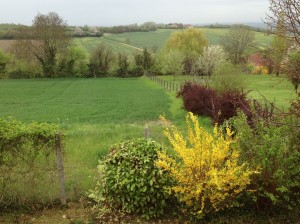
Lowlights:
I don’t think there were any real lowlights – all was worthwhile. One regret would be that I didn’t know the French language better – that would have made it even more enjoyable. Getting up early wasn’t great but that’s par for the course on something like this and one of the reasons that we were able to see so much. Not being able to enjoy some of the towns a little longer – but that is normal for doing any kind of traveling like this, you can never see it all.
Learning:
It is hard to say specifically what I learned. I got to see history, see things that most people do not get to see, go places that most people don’t get to go – this is not important in itself but it is the context of the things and places that makes them significant. Knowing history is important so that we learn from those that have gone before us. In addition to the writings that may have been left to us, the physical artifacts that remain also teach us about the people that made them, about their times, about their values and their lives. These things hopefully help us understand ourselves better and learn to live fuller, more meaningful and enjoyable lives. By honoring those that came before us, we honor ourselves and each other. I learned that it is important to leave something behind for future generations. Things that may not seem important now but they become more important as time passes by.
Still My Favorite Clock
Most important, I learned to leave something of myself – it is good to write even if you do not do it well, it represents you and your thought process so that others can get to know you, your thoughts, your feelings and values – what is important to you. You can also leave something you made. Many of the things we saw were things that someone made. Knowing why or how they were made or used is important, so the context is understood. Context is critical to understanding the importance of things.
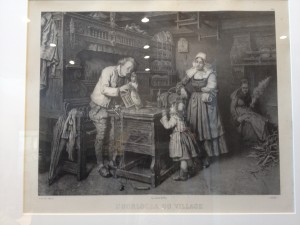
I saw this etching in a couple different places we went. I like the feeling it gives. The translated title is “The Village Clockmaker”.
So, given all the ramblings above, what I am more passionate about than ever is to be able to help preserve objects (mostly clocks) from the past and to preserve as much as I can glean about their context as well and make it not so hard for others to see, hear, and learn from that.
Bon voyage to you all and au revoir,
Mostyn
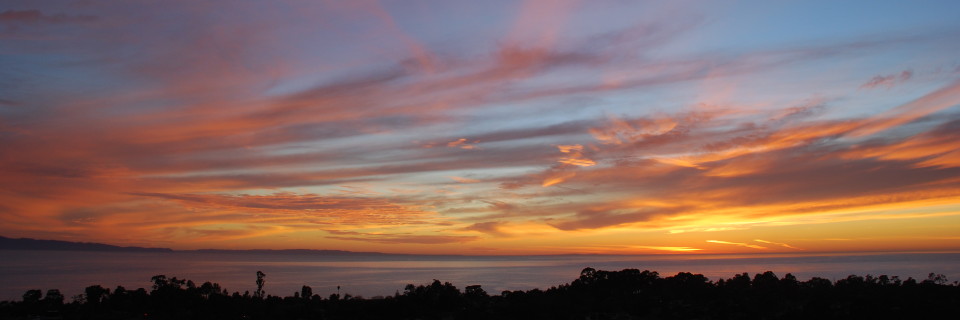

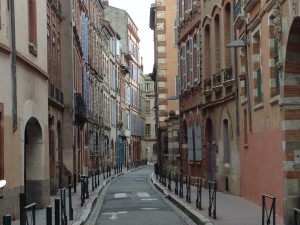


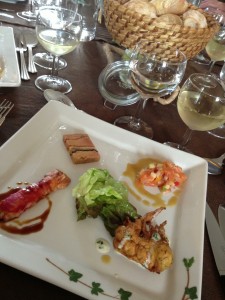
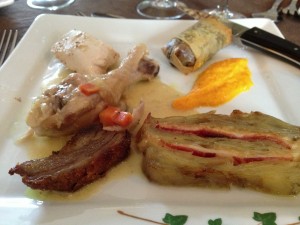
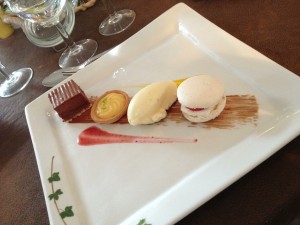
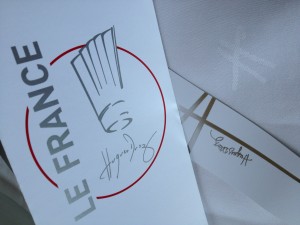
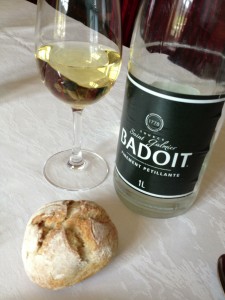
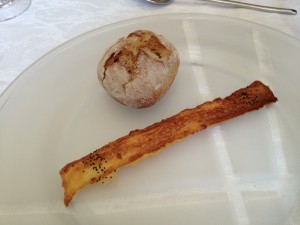
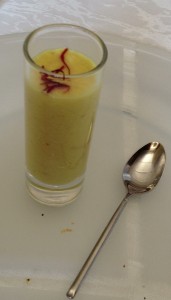


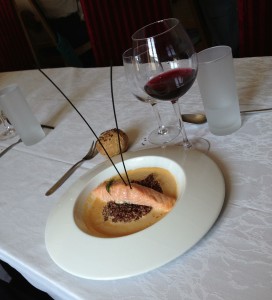
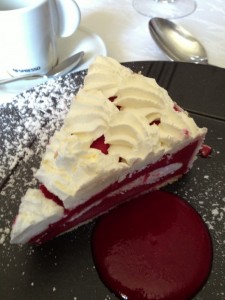
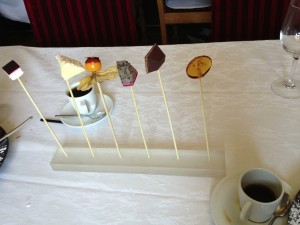
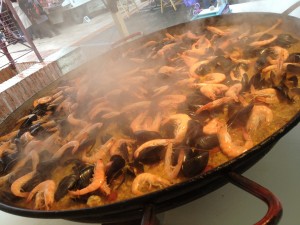
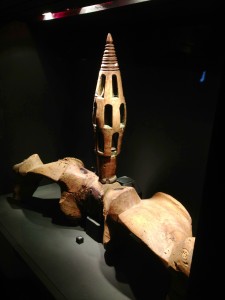
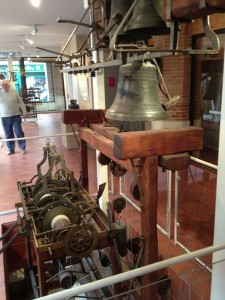
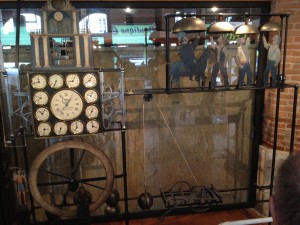



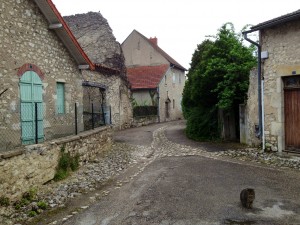
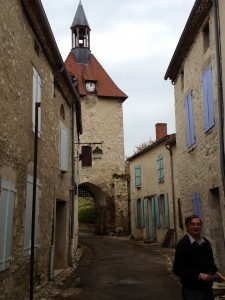

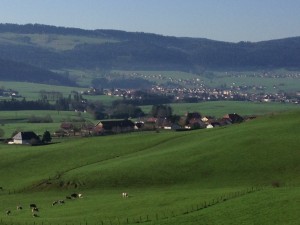

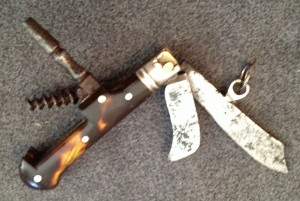


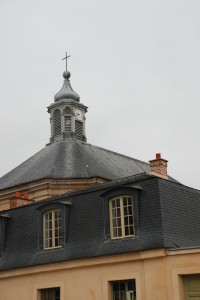

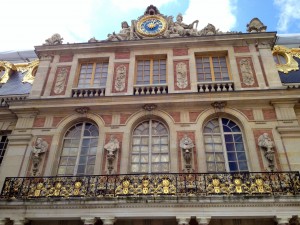
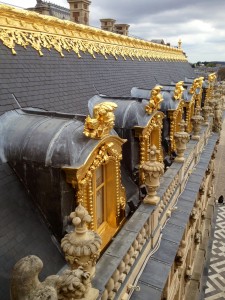

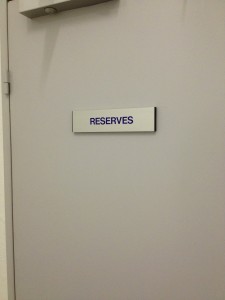

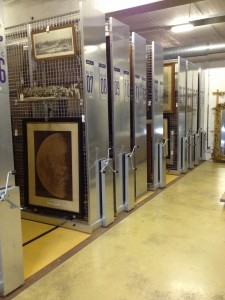

Recent Comments